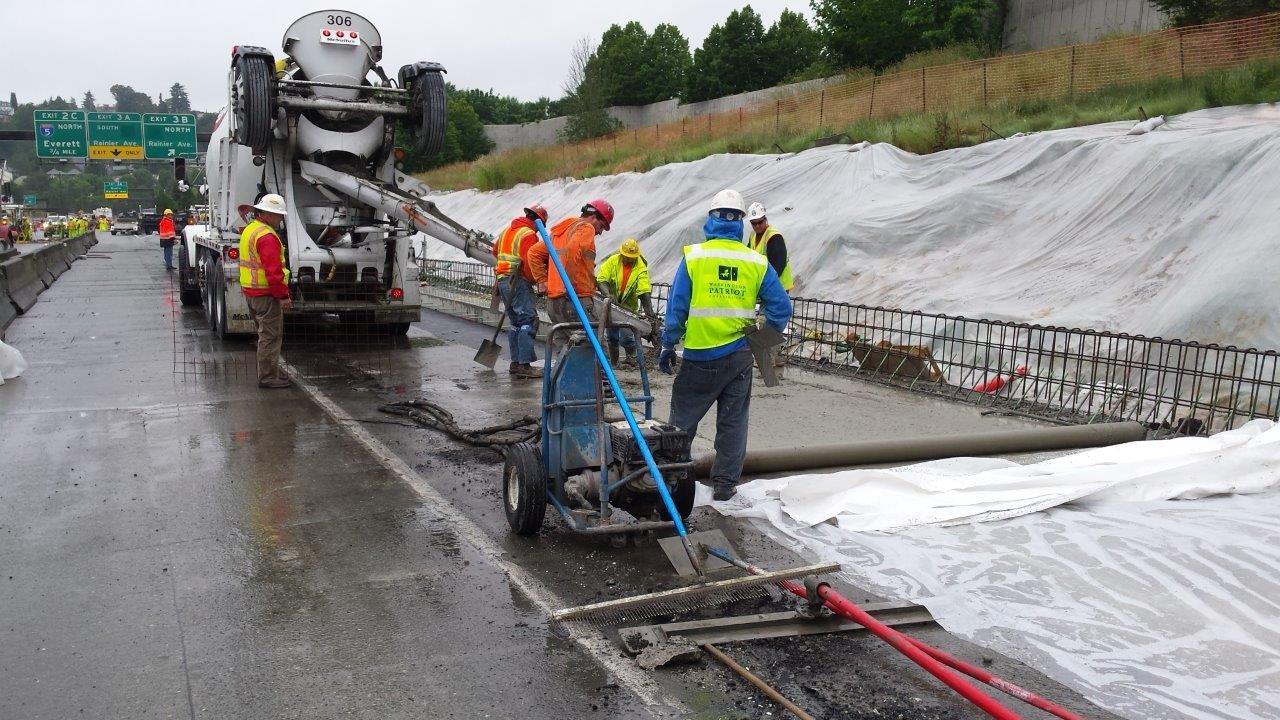
US non-farm payrolls rose by 250,000 in October, according to the Bureau of Labor Statistics, well above economists’ estimates for a gain of 190,000.
August’s job gains were revised up from 270,000 to 286,000 and the change for September was revised down from 134,000 to 118,000. After revisions, job gains have averaged a robust 218,000 over the past three months, well above the gain needed to keep up with population growth.
The unemployment rate held steady at 3.7 per cent, the lowest in nearly 50 years and below the level that the Federal Reserve judges sustainable over the long run. U-6, or underemployment rate, fell to 7.4 per cent from 7.5 per cent in September. The measure includes part-time workers wanting a full-time job and people who are not actively looking for work.
A strong labour market is continuing to pull people off the jobs-market sidelines. An estimated 711,000 people joined the labor force last month. The labour force participation rate – which measures those in work or actively looking for employment – rose 0.2 percentage point to 62.9 per cent.
Healthcare and social assistance added 46,700 jobs. Professional and business services 35,000. Manufacturing, which has been a focus of President Donald Trump’s policies, added 32,000 jobs. Construction employment grew by 30,000. Retailers created 2,400 jobs following a 32,400 decline in September. Government payrolls increased by 4,000.
A tight labour market is also putting pressure on US companies to raise wages. Average hourly earnings rose 0.2 per cent month-on-month and 3.1 per cent year-on-year, up from 2.8 per cent growth in September. It’s the first time since 2009 that wages have increased more than 3 per cent.
The Federal Reserve, which has already pushed through three quarter-point interest rate rises this year, is widely expected to raise rates by another quarter-point in December from the current range of 2 per cent to 2.25 per cent, with further increases in 2019. The Fed’s monetary policy tightening has drawn heavy criticism from Mr Trump, who blamed it for the recent drop in stock prices and for potentially choking domestic economic growth.
Last week, the government estimated that the US economy grew at an annualised rate of 3.5 percent in the third quarter, above Wall Street expectations. Growth was fuelled by the Republican tax reform passed late last year and additional spending. Non-residential business investment, however, grew at an annualised rate of just 0.8 per cent, meaning that the windfall from the tax reform didn’t trigger a boom in investment and research and development.
Mr Trump and Republicans seek to capitalise on the solid performance of the economy as they prepare for the next week’s midterm elections. According to polls, Democrats have a strong chance of winning control of the House of Representatives.
photo: Washington State Dept of Transportation Follow / CC BY-NC-ND 2.0